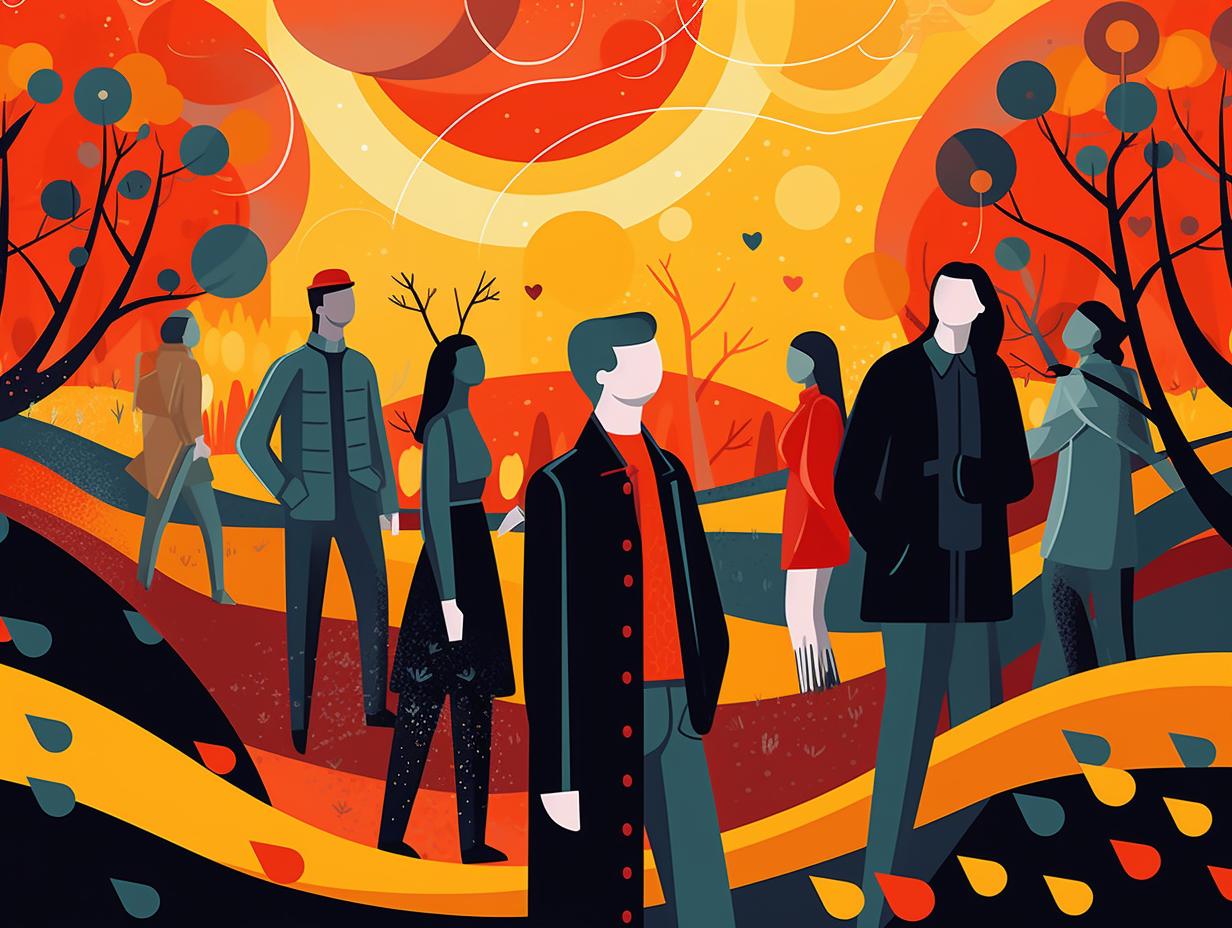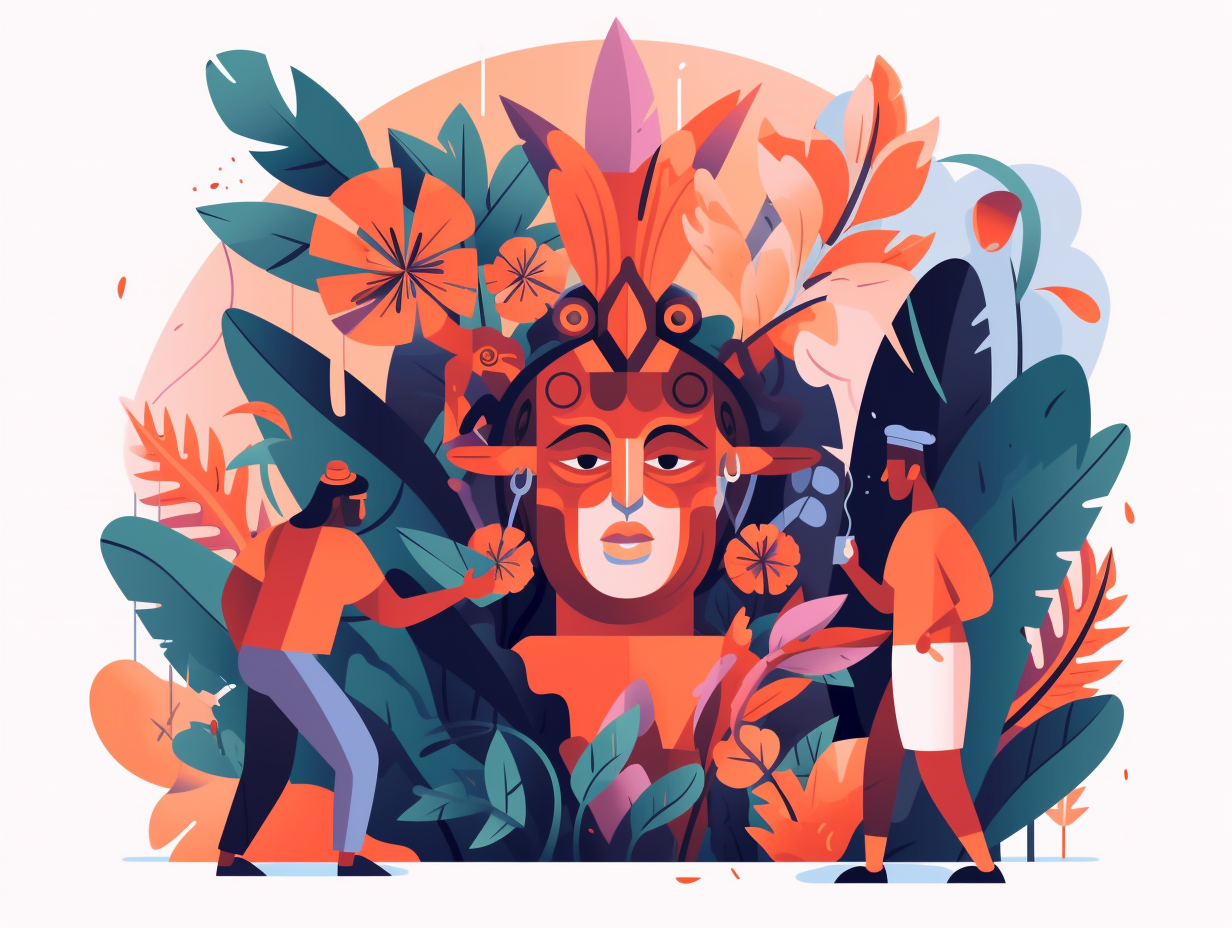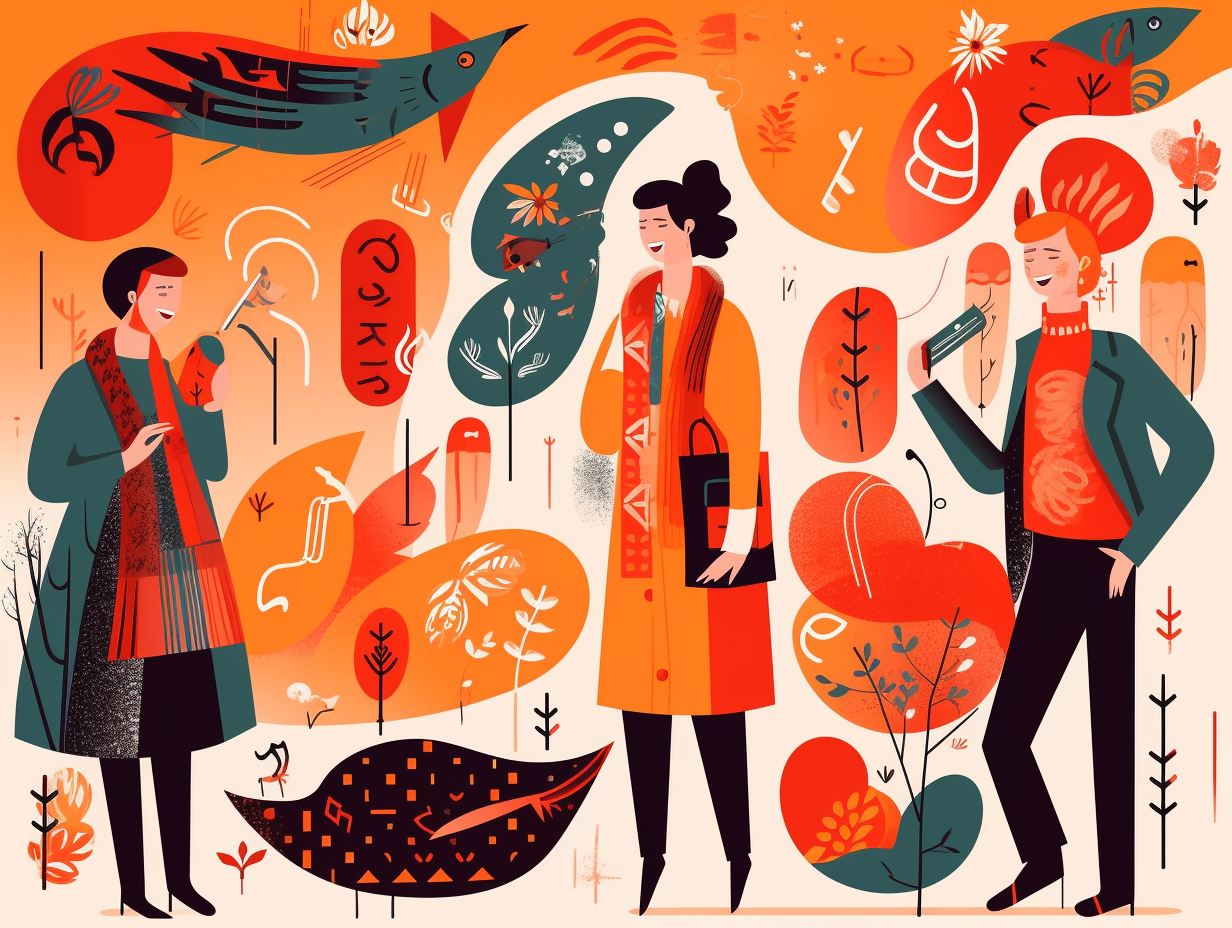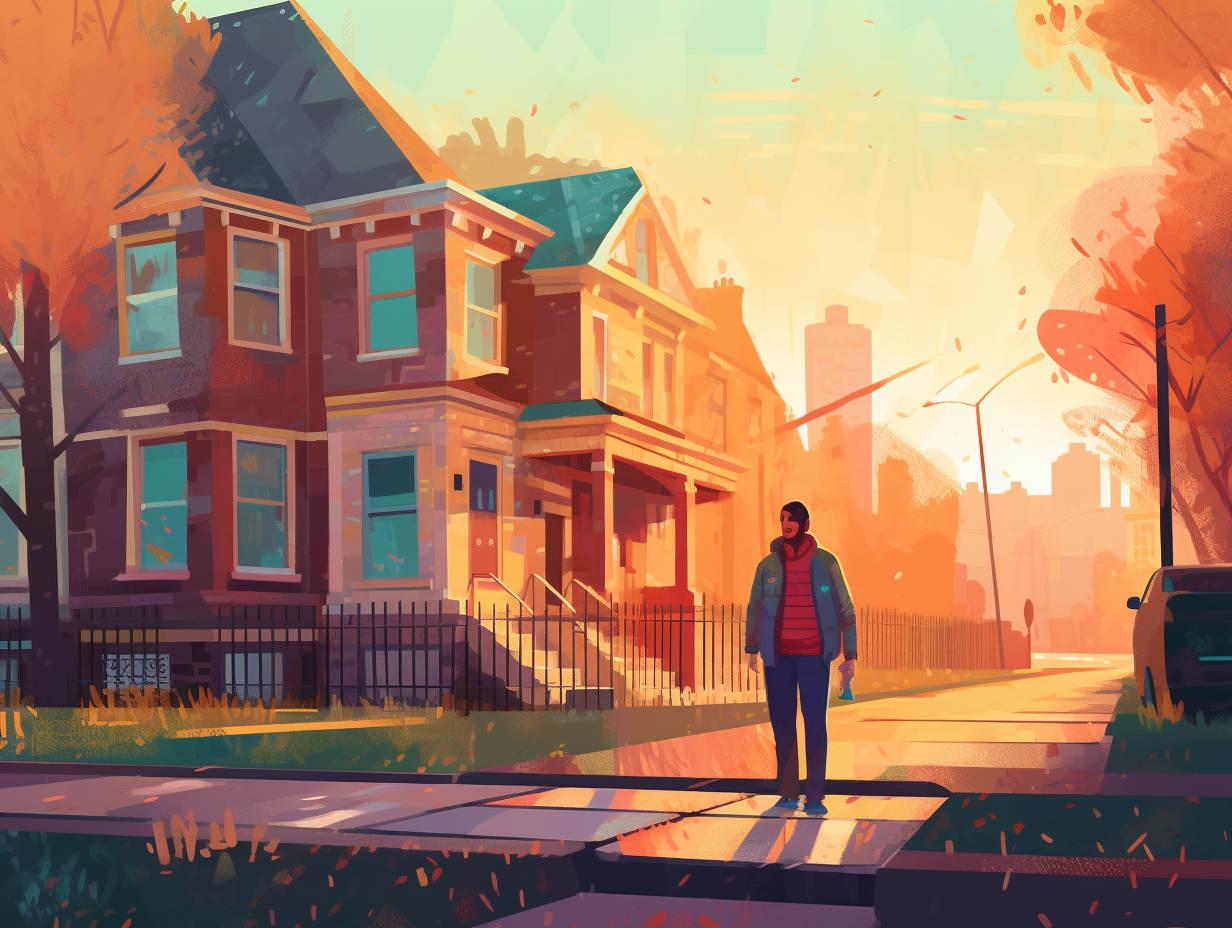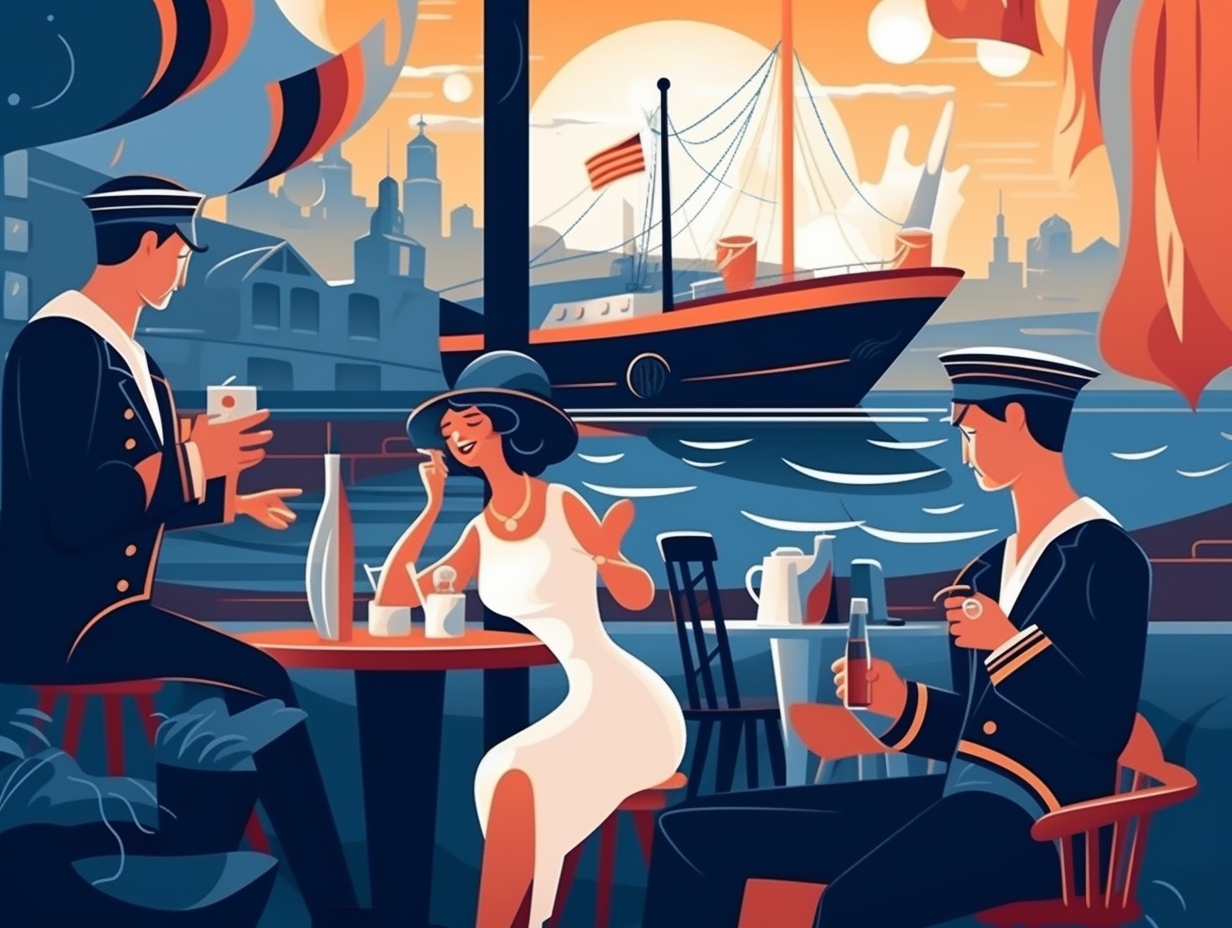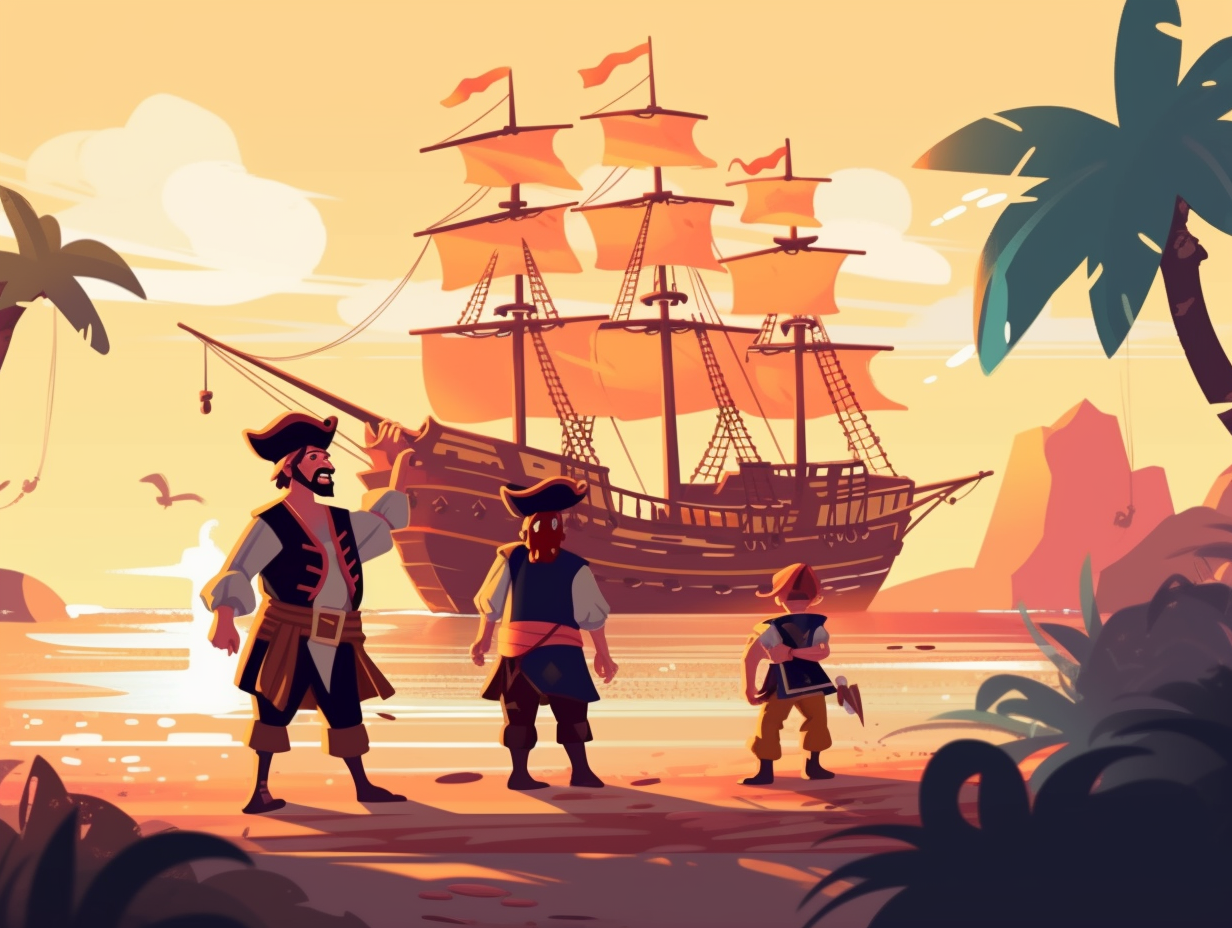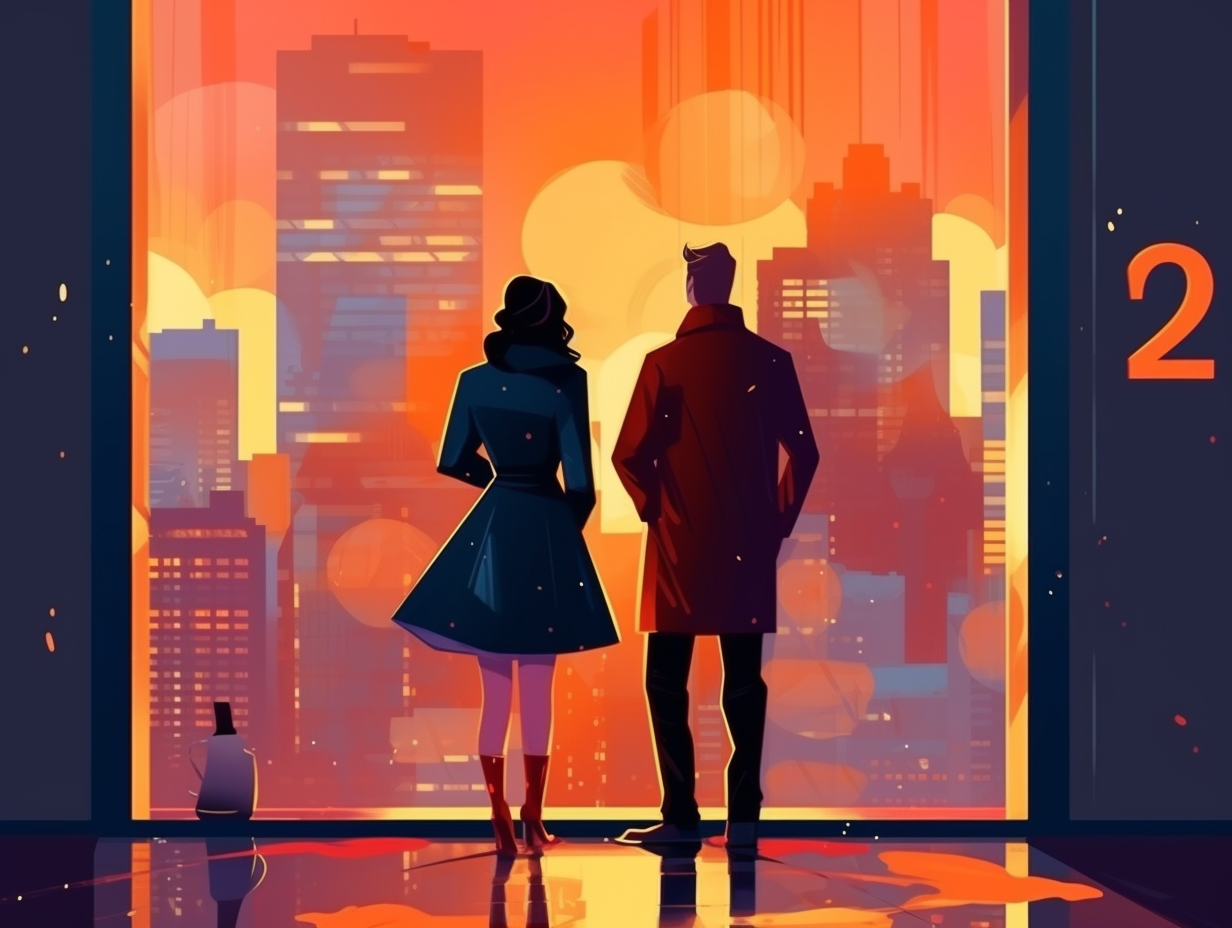Discover the Unexpected: Top 10 Fascinating Fun Facts About Social Studies

1. Sea Monsters on Old Maps
Ahoy, me hearties! If ye ever spots a map from the times of ol' booty-seeking pirates, it'll look more like a fantastical beastiary than a sailor's compass: Turns out that Medieval and Renaissance cartographers filled their maps with sea monsters not just for kicks, but based on actual scientific beliefs of their era, representing the oceanic counterparts of land animals. As sea exploration and knowledge advanced, these monsters slithered back into the depths, replaced by indicators for safe passage and bountiful fishing zones.
Source => smithsonianmag.com
2. Incestuous Amplification Dangers
Move over Doomsday Preppers, there's a new term in town for groups stuck in their own echo chambers: "incestuous amplification"! Joking aside, this pointed phrase refers to the phenomenon where a closed group repeatedly affirms each other's beliefs, stifling dissent and perpetuating groupthink in fields ranging from military strategy to economics. Put that in your bunker and reflect on it!
Source => archive.nytimes.com

Did you know Thomas Jefferson had a pet mockingbird that freely roamed his office, serenading him with its melodies? Discover more about this unique bond between a president and his feathery friend!
=> Fun Facts about History
3. OG English Coffeehouses
Step aside, Starbucks and Central Perk: English coffeehouses from the 17th and 18th centuries were the OG talk shows and influencer hubs, spilling tea (or rather, coffee) on politics, scandals, and even gout cures. No selfie sticks or TikTok dances here, folks! In all seriousness: these coffeehouses contributed significantly to the development of financial markets, newspapers, and played a vital role in political discourse, shaping ideas in philosophy and natural sciences while also moonlighting as precursors to modern-day apothecaries by experimenting with coffee-infused alleged remedies.
Source => en.wikipedia.org
4. Zombies' Voodoo Origins
Before they munched on brains and shambled their way into our hearts: Zombies actually have their roots in Haiti's voodoo culture, where bokors utilized the potent tetrodotoxin to induce zombie-like states in people, a phenomenon documented in medical journals. It wasn't until 1968, when George Romero's Night of the Living Dead premiered, that we welcomed the insatiable, undead personas we know and fear today.
Source => history.com

5. Conspiracy Theories' Dark Side
You know what they say – conspiracy theories are the comfort food of the intellect, serving up delusions with a side of paranoia! But wait, there's more: Studies show that indulging in these mind-whoppers can actually suppress one's sense of autonomy and control, while being associated with lower levels of education and analytic thinking – talk about a dim sum situation!
Source => ncbi.nlm.nih.gov
6. Ancient Chinese Matchmakers
Before swiping right on Tinder or updating your LinkedIn profile, ancient China had another connection-making game in town: the professional matchmaker! Unlike LinkedIn, these dynastic dynamos didn't bother with endorsements or skill assessments; they were all about the marital bliss: In ancient China, matchmakers played a crucial role in arranging marriages, acting as intermediaries between families and facilitating negotiations to ensure parents found suitable mates for their offspring.
Source => pages.ucsd.edu
7. Hieroglyphics vs Emojis
Next time you're in a 💬📲 and tempted to throw in a 👽 or a 🍆 just to express yourself, don't get too carried away thinking you're the next Shakespeare: While emojis are a light-hearted and undeniably entertaining form of communication, they pale in comparison to the sophistication of hieroglyphics. This ancient language featured phonograms representing sounds, logograms for full words, and even determinatives to clarify meaning, enabling the creation of a plethora of texts such as medical texts and poetry, far beyond the limited ability of emojis to express simple objects or ideas.
Source => blogs.ucl.ac.uk
8. OMG's British Admiral Origins
Long before text messaging made us all lazy communicators, an old-timey British admiral tried to stay hip with the lingo and inadvertently started a linguistic trend that would have made the crew of the HMS Slang-ships proud: On September 9, 1917, he wrote a letter to then future Prime Minister Winston Churchill, using the phrase "Oh my God!" in its full form but managed to astoundingly inspire the use of the abbreviation "OMG." Churchill, already a fan of handy acronyms, found it worthy enough to use in his response, giving credence to the idea that certain circles were way ahead of their time with shortening everything into catchy letters.
Source => wsj.com
9. Ancient LOL-worthy Graffiti
Who says ancient folks didn't have a sense of humor? Long before spray paint cans and public restroom stalls, they were busy carving LOL-worthy messages on walls and ceramics: Turns out, graffiti has been around since the times of ancient Egypt, Greece, and Rome. These OGs used inscriptions to commemorate themselves with a classic "... was here" or even mimic trendy wall-paintings, much like the meme culture we know and love today.
Source => blog.degruyter.com
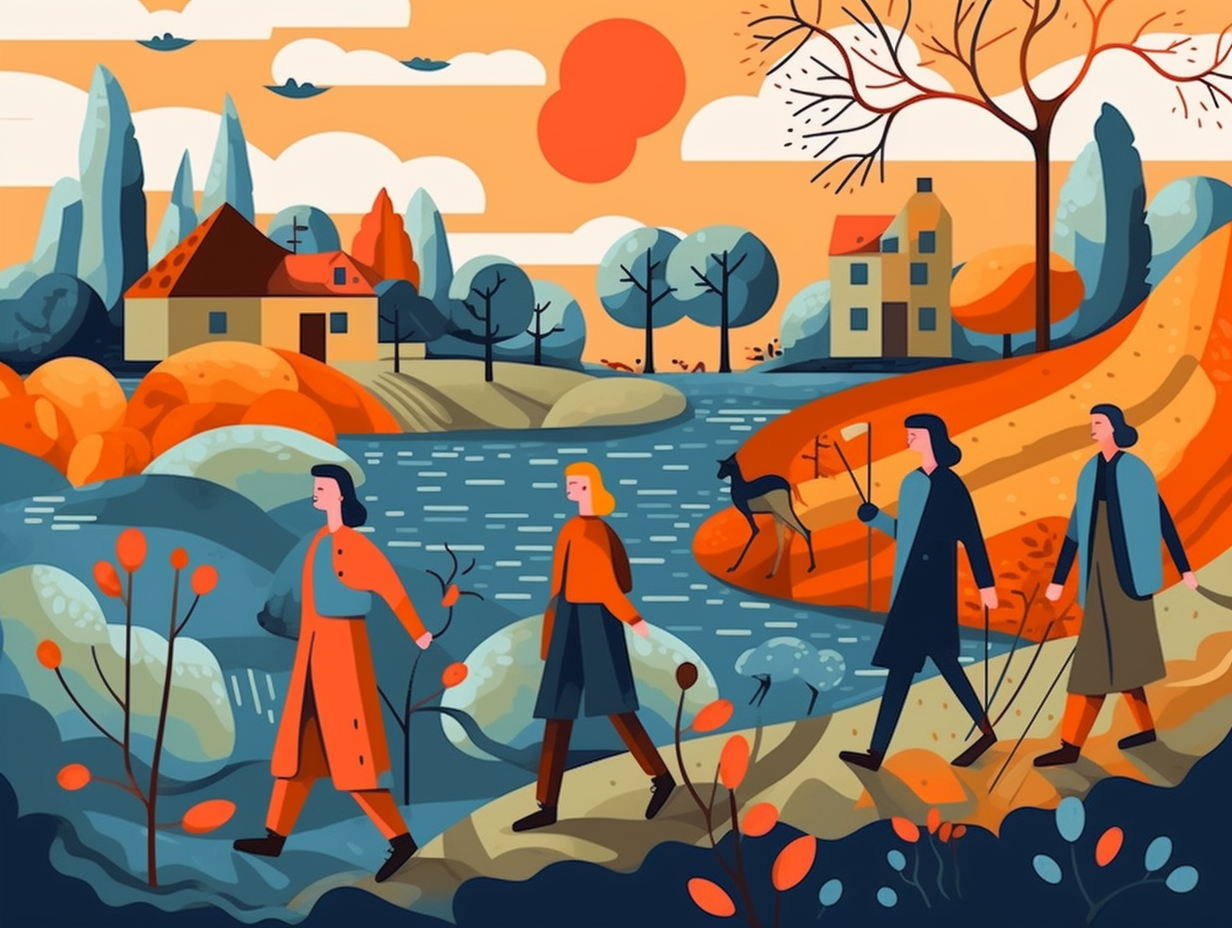
10. Grand Theft Chariot in Pompeii
Imagine ancient Romans playing "Grand Theft Chariot" as they zipped through the streets of Pompeii, effortlessly dodging puddles while checking their primitive odometers: The city of Pompeii had a rather advanced traffic system, with certain routes meant for one-way travel and streets designed to handle excess water from aqueducts and rain. The wagons even had the ability to avoid obstacles, making ancient Pompeii a surprisingly advanced urban marvel!
Source => world-archaeology.com
Related Fun Facts


